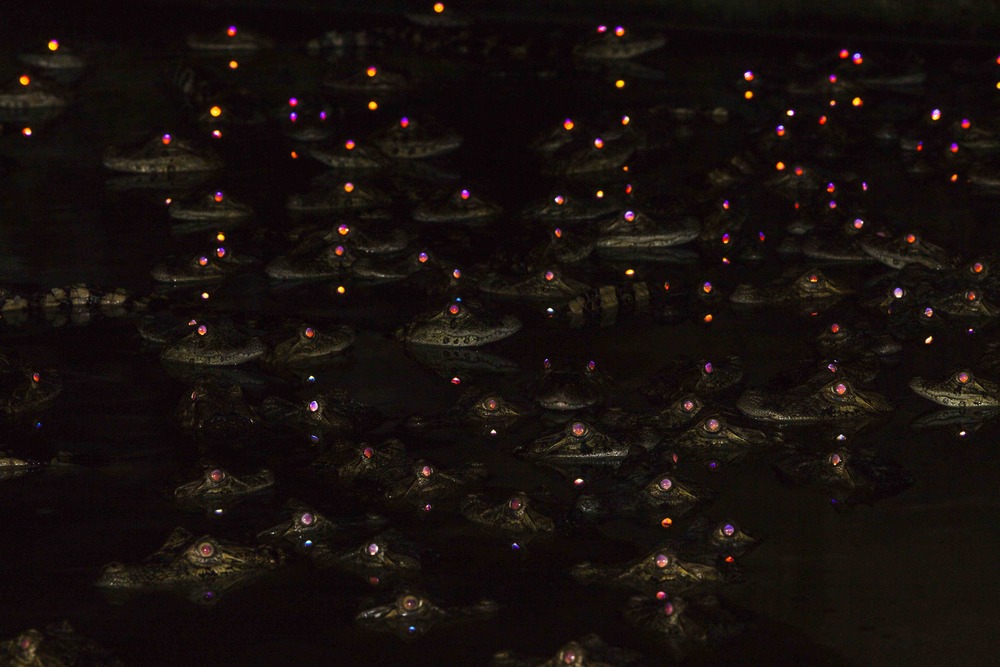NATURE: RAW & WILD
Photo Essay By Daniel Fox
The time I spend in the wild brings me more than unforgettable encounters, amazing stories, and great photos. It is my gateway to a great source of teaching. Nature has taught me about life and death, about challenges and perseverance, about perspective and balance. Most importantly, it has taught me about being humble and spiritual. Nature is raw; it is life in its purest form.
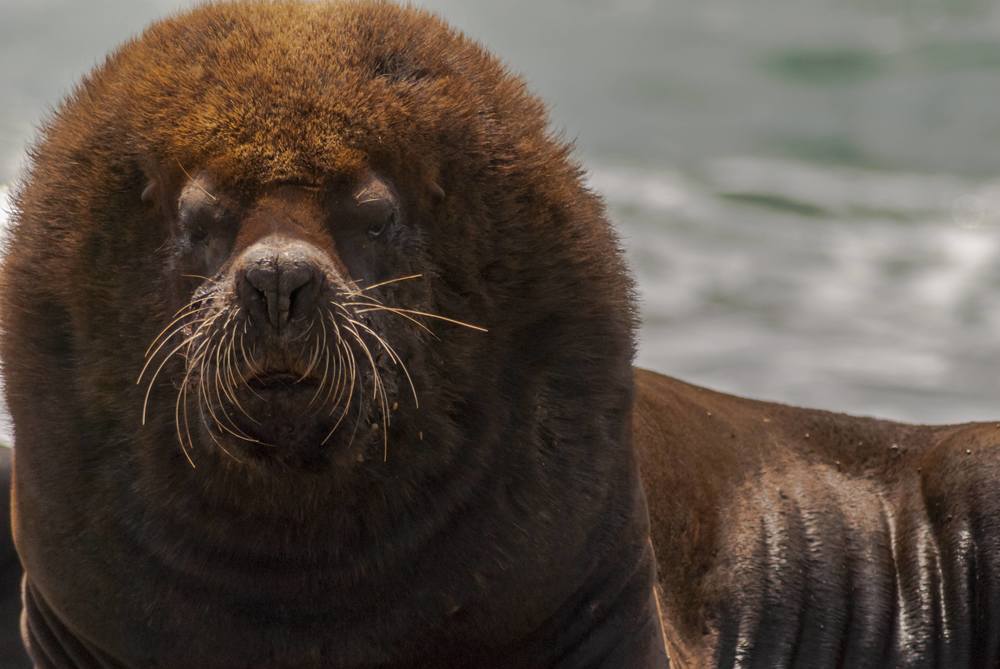
Southern Sea Lion
Southern Sea Lion, (Otaria flavescens) Locally known as lobo marino (sea wolf), the southern sea lion from Argentina’s Valdes Peninsula almost went extinct during the fur trade era, where the animals were hunted for their fur and oil. Since the hunting ban, the population has bounced back, and the marine mammals are now a pillar of the local conservation tourism industry, particularly during the time of year when orcas visit the colonies to prey on the pups using their unique “beaching” technique.
Southern Elephant Seal
Southern Elephant Seal (Mirounga leonine) After their near extinction due to hunting in the 19th century, the southern elephant seal recovered to a sizable population in the 1950s. The population now seems to be stable, although unexplained decline is happening in the subpopulations of the Indian and Pacific Oceans. The majority of the most important breeding sites are now protected by international treaty as UNESCO World Heritage sites, or by national legislation.

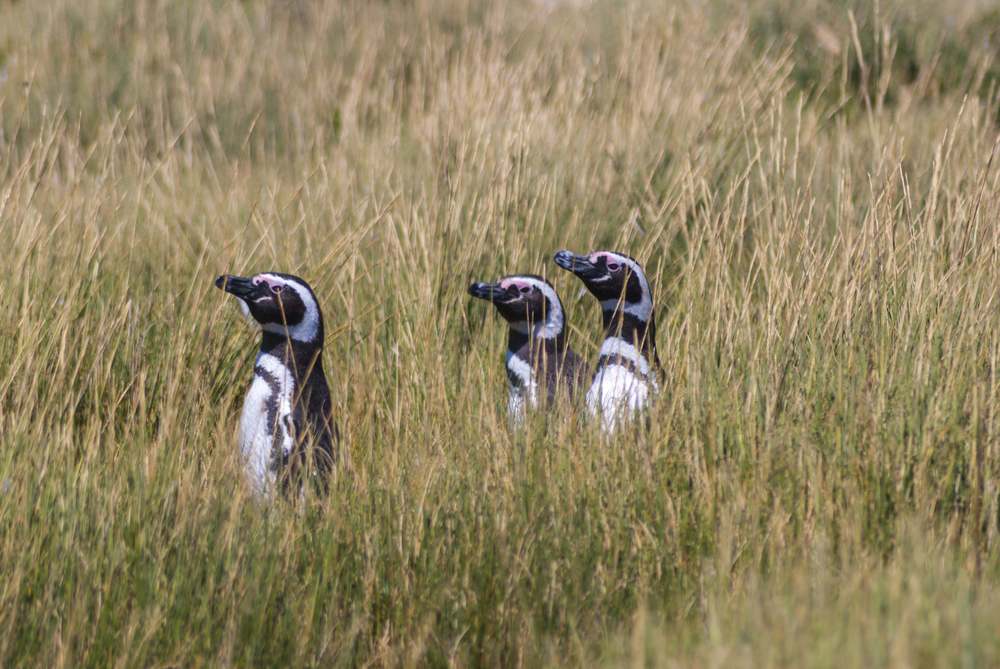
Magellanic Penguin
Magellanic Penguin (Spheniscus magellanicus)
The Magellanic Penguin lives in the coastal waters of Argentina, Chile, and the Falkland Islands. Every year, more than 20,000 adults and 22,000 juveniles are killed off the coast of Argentina due to oil spills. Their feeding grounds are heavily fished and the birds compete with large fleets of squid and anchovy fishing boats. Of the 17 penguin species, 12 are experiencing rapid population declines.
Jaguar (Panthera onca palustris)
Jaguars are the largest and most iconic cats living in the Americas today. During the 1960s and 1970s, as many as 18,000 jaguars were killed each year until the 1973 Convention on the International Trade in Endangered Species (CITES) brought the pelt trade to a near halt. Today, jaguars continue to be hunted due to conflict with humans who live in fear of them or view them as a threat to their livelihoods. These photos were taken at the El Puma Ecological Park in Argentina’s Misiones province.
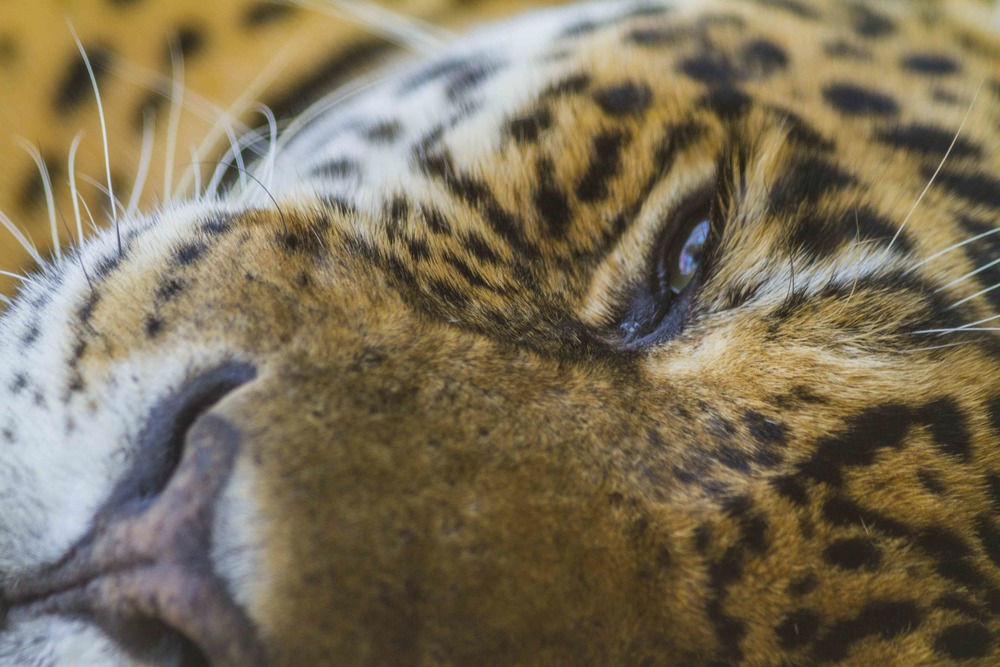
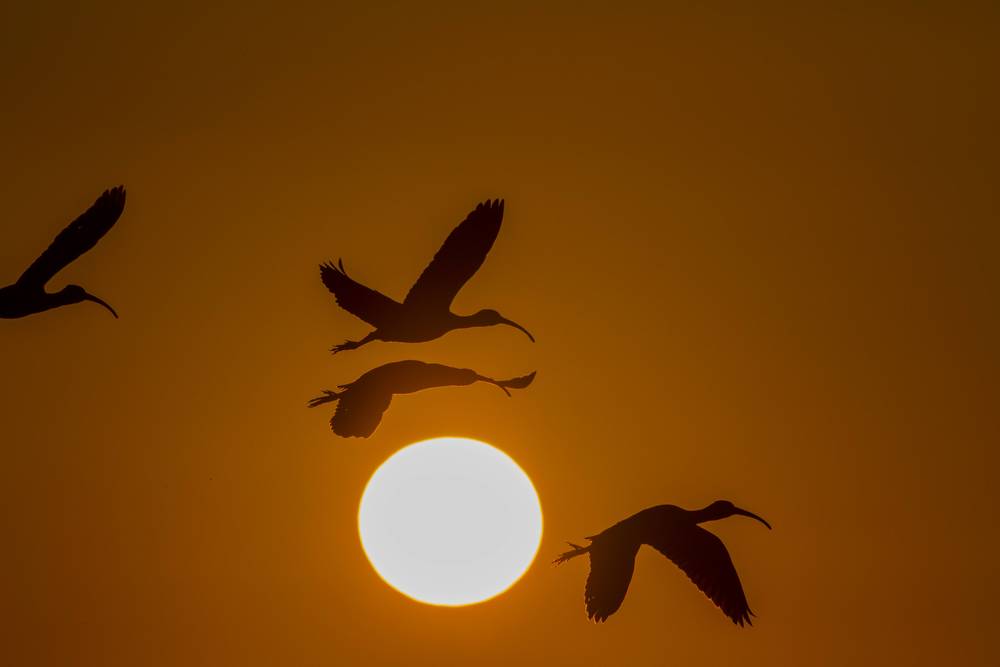
Bare-Faced Ibis (Phimosus infuscatus)
The Iberá Wetlands are the second-largest wetlands in world after Brazil’s Pantanal and one of the most important freshwater reservoirs in South America. The Iberá Natural Reserve is known for its biodiversity, including about 350 bird species as well as four wildlife species that have been declared “provincial natural monuments”: the neotropical river otter, the maned wolf, the pampas deer, and the marsh deer.
Sicklefin Devil Ray (Mobula tarapacana)
Found in tropical waters across the planet, including Asia, Africa, and the Americas, their primary threat is from fishing, though information on the number caught is spotty. At the recent meeting for the Convention on International Trade in Endangered Species, government representatives voted to protect five species of sharks and two species of manta rays (including the devil ray) from international trade, a major advance in conservation efforts.
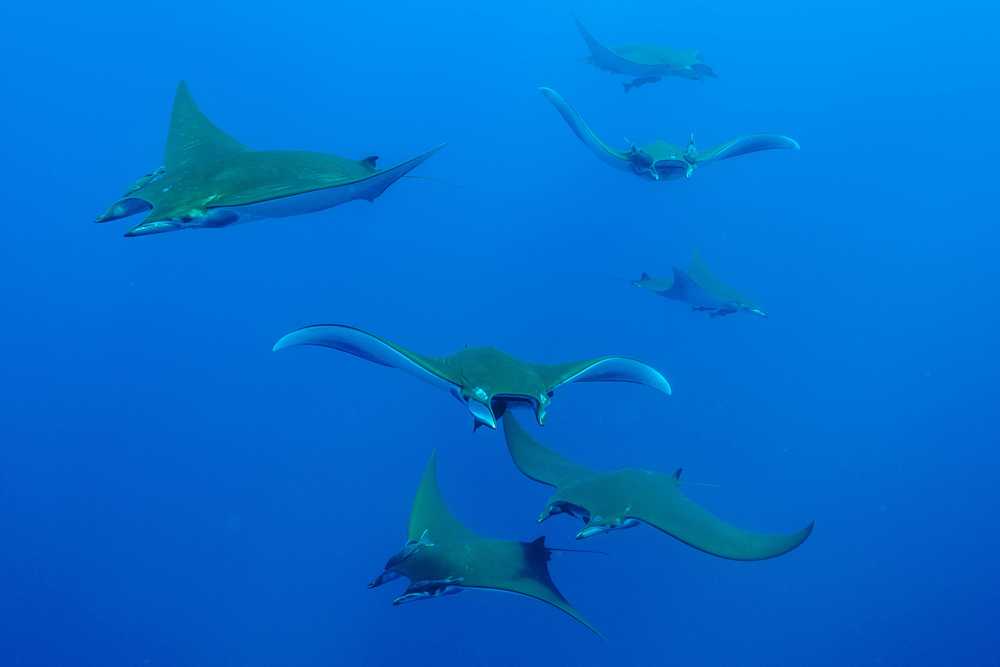
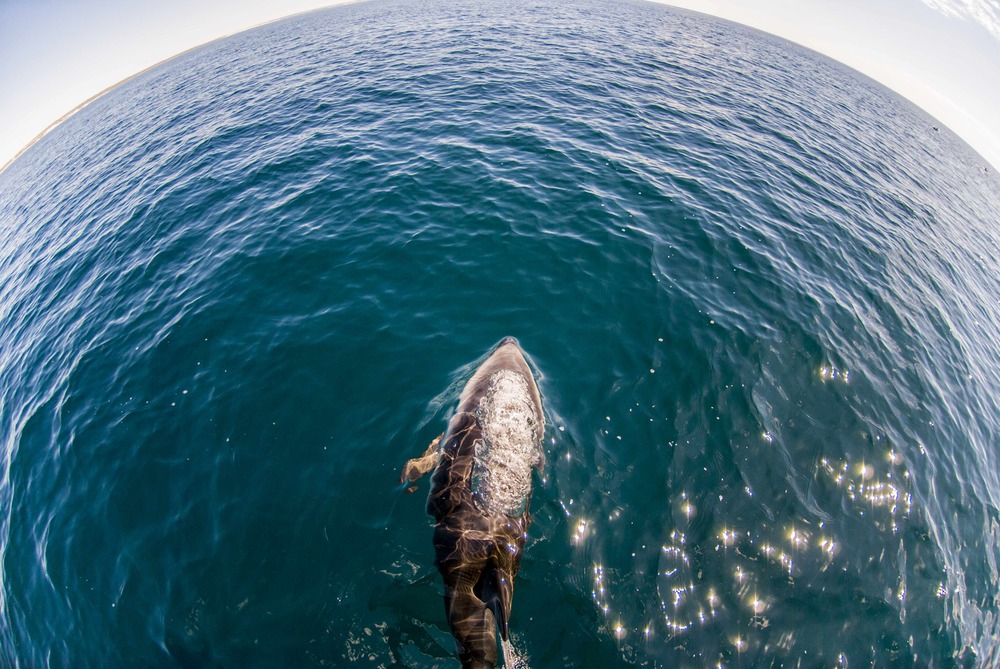
Dusky Dolphin (Lagenorhynchus obscurus)
Found in coastal waters of the Southern Hemisphere, the dusky dolphin is known for its remarkable acrobatics. The conservation status of the species is unknown, but dolphins have commonly been caught in gill nets. Fishermen tell stories of dusky dolphins indulging in epic feeding frenzies.
Black Caiman
Black Caiman, Melanosuchus niger, Yacare Pora, Province of Corrientes, Argentina
